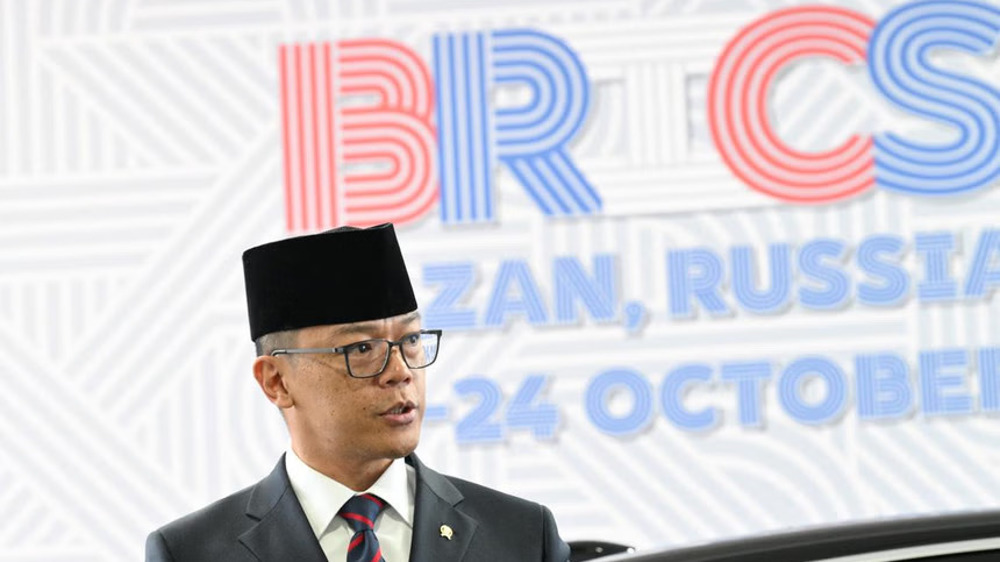Fukushima execs stand trial for 2011 nuclear disaster in Japan
Trials have begun in Japan for three former executives with the operator of the now-defunct Fukushima nuclear plant over alleged negligence in a 2011 nuclear disaster.
The trial in the Tokyo District Court opened on Friday, for the first time, to decide whether high-ranking officials were criminally responsible for the nuclear disaster, which was triggered by a quake and tsunami.
On March 11, 2011, an earthquake hit Japan and rocked the country for almost six minutes; the impact of the strong quake raised waves as high as 14 meters.
Within 50 minutes of the initial earthquake, the first wave crested the nuclear plant’s 10-meter high sea wall and knocked vital cooling systems offline. It caused reactor fuel rods to begin to melt down and leak deadly radiation into the surrounding area.
Although the quake-tsunami disaster left some 18,500 people dead or missing, the Fukushima accident itself is not officially recorded as having directly killed anyone.

The defendants — the former chairman of Tokyo Electric Power (Tepco), Tsunehisa Katsumata; and former vice presidents Sakae Muto and Ichiro Takekuro — are accused of not having taken sufficient measures despite allegedly being aware of the risk of a major tsunami at the plant at least two years before it happened.
They are charged with professional negligence resulting in the deaths of citizens during and after lengthy evacuations from a hospital and the injury of people, including TEPCO employees, during emergency work.
The former chairman, Katsumata, apologized “for causing the serious accident,” but said, “It was impossible to predict.”

The high-profile trial is expected to take more than a year. If convicted, the trio faces up to five years in prison or a penalty of up to one million yen (9,000 dollars).
The executives at the company allegedly ignored a study that concluded in 2008 that a wave of up to 15.7 meters could hit the plant if a magnitude-8.3 quake occurred off the coast of Fukushima.
One year after the disaster, a parliamentary report said Fukushima was a “man-made” disaster caused by Japan’s culture of “reflexive obedience.”
Jan. 15: ‘Axis of Resistance’ operations against Israeli occupation
VIDEO | US fires: Criticism mounts over govt. failure to respond
VIDEO | Fears, hope in Gaza amid intensified ceasefire efforts
VIDEO | Press TV's news headlines
Hamas: Ceasefire agreement result of steadfastness, resistance in Gaza over 15 months
Hamas thanks Iran, Resistance Front following achievement of ceasefire in Gaza
'Capitulation': Israeli officials and media concede Gaza defeat as truce unfolds
'Gaza has won': Social media users react to ceasefire with mix of relief, joy














 This makes it easy to access the Press TV website
This makes it easy to access the Press TV website